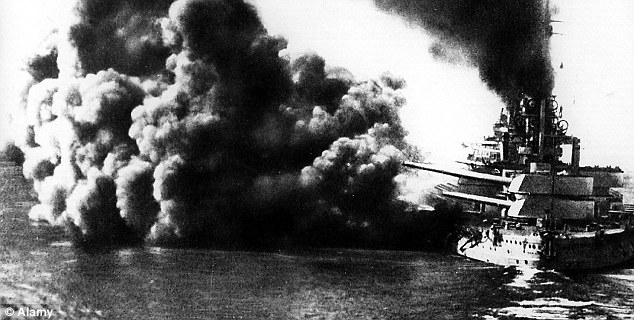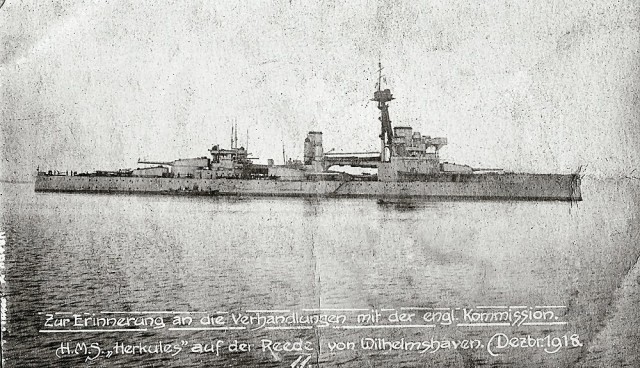They guarded the waters going towards South Americas and the eastern parts of China and Middle East and kept the British Empire rock solid during the troubles of the First World War but still, sadly, their mention is often over shadowed by the forces on the Western Front whenever a discussion starts about Britain’s role in the Great War.
Now, with the forth coming exhibition on the Royal Navy and merchant mariners, many of us will get to know about their extraordinary contribution during the times of the First World War.
Remote in Sight and Out of Mind
While the most prominent images of the First World War may remain that of the bloodied soldiers who tackled the foreign forces on the western borders, there are books like the Forgotten Fighters: the First World War at Sea which bring to limelight men and women, buried in the tides of time, without whom the British victory in the First World War would have been impossible.
The heroism of these brave Royal Navy men and women become clear from the accounts of people like Albert Enstone who flew the Royal Navy aircrafts, being assigned the responsibility of tracking and destroying the enemy planes. He recollected those times in 1918 writing, “Air absolutely full of bullets… water splashing up… ground absolutely seething”. It must have required sporting nerves of steel when he wrote about his fellow fighter, “Saw Chadwick’s machine crash into sea off La Panne and break to pieces. Chad drowned.”
The list cannot stop on the name of Enstone because there are people like Ronald Stuart too, who served as merchant mariners on ships without ammunitions trying to lure U-boats to come to the surface for attacking. They were known to get success by putting up tactics called “panic party” where a few crew members, dressed as women, enacted to evacuate the ship so as to fool the Germans, The Telegraph reports.
It was a risky act as fires were opened only when the German U-boats came within a distance of 50 yards. When Stuart’s ship HMS Pargust combated and destroyed a German submarine in this fashion, his crew voted for him to get the Victoria Cross. Along with these, the excerpts from the lives of many other such Royal Navy people, from the First World War, have been brought under spotlight in the exhibition.
Amongst the women heroes of the Royal Navy, Katharine Furse holds a special place as she was the leading nurse of the first Red Cross Voluntary Aid Detachment team which was sent to take care of the wounded soldiers. Such was her involvement with the job that she, in 1917, was promoted as a director in the Women’s Naval Services. The position took her to a status similar to that of a rear admiral.
Thus, while everybody vividly remembers the slugging soldiers of the First World War sitting in trenches, it is not fair to wipe the presence of the patriots from the Royal Navy and Naval Air Services.
Remaining the Unsinkable
Speaking on behalf of many ‘forgotten’ Royal Navy heroes, the curator of Naval History, in the National Maritime Museum, Dr. Quintin Colville rightly said, “The number who lost their lives – tens of thousands – is not in any respect a match for the tremendous losses incurred on the Western Front, but the war could not have been fought without those who died at sea.”
The commemoration of the abandoned Royal Navy brave hearts begins on August 2 to be there till 2018. Not only the weapons and ship models but rare photographs and medals will also be on the display. Initiatives have been taken to organize talks and memorials too.

